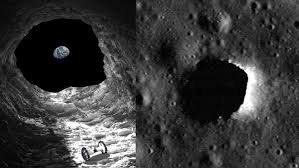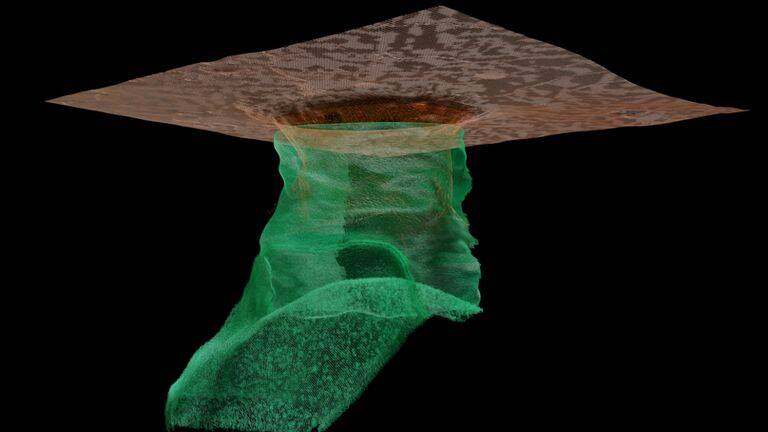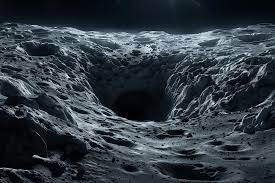The Long-Standing Hypothesis of Lunar Tunnels
For more than five decades, scientists have speculated about the amazing existence of lava tunnels beneath the moon’s surface. This theory gained traction over the years, with researchers proposing that these hidden structures could play a vital role in future lunar exploration. Now, scientists from the University of Trento in Italy have uncovered compelling evidence that one of the moon’s approximately 200 known surface pits connect to an amazing vast underground cave.

Revisiting Old Evidence with Advanced Techniques
The idea of lunar lava tunnels was first hypothesized 50 years ago, sparking a lively debate among researchers. In 2009, scientists identified an unusually deep pit on the moon’s surface, lending support to the possibility of subterranean structures. However, concrete evidence remained elusive—until now.
Using advanced image processing technology, the Italian research team revisited data collected by NASA’s Lunar Reconnaissance Orbiter in 2010. Specifically, they reanalyzed scans of a pit within the Mare Tranquillitatis region, applying modern signal processing techniques. Their efforts revealed that the pit connects to a deep underground tunnel.
“Thanks to the analysis of the data, we were able to create a model of a portion of the conduit,” stated Leonardo Carrer, a researcher at the University of Trento, in a translated press release. “The most likely explanation for our observations is an empty lava tube.”
Unveiling the Dimensions of the Cave
The newly discovered underground cave measures approximately 148 feet wide and between 98 and 262 feet long. While this finding is remarkable in itself, scientists believe the cave may be part of a more extensive system of lava tunnels extending deeper beneath the moon’s surface.
“These structures had been hypothesized for over 50 years,” said Lorenzo Bruzzone, the research coordinator. “But this is the first time ever that we have demonstrated their existence.”

Moon Tunnels: A Potential Future Home for Humanity
According to the study, these lunar tunnels hold immense potential for future human exploration and settlement.
“This discovery suggests that the [Mare Tranquillitatis pit] is a promising site for a lunar base, as it offers shelter from the harsh surface environment and could support long-term human exploration of the Moon,” the authors noted.
The moon’s surface is an inhospitable environment, with extreme temperature fluctuations and exposure to intense radiation. Daytime temperatures can reach up to 260 degrees Fahrenheit, while lunar nights plunge to -280 degrees. Additionally, the moon experiences solar and cosmic radiation 150 times stronger than that on Earth and faces a higher risk of meteorite impacts.
Underground tunnels, however, could provide a solution to these challenges. By establishing operations within these natural shelters, future explorers could avoid space debris, mitigate radiation exposure, and maintain safer, more stable temperatures.

The Need for Further Exploration
Recognizing the importance of their findings, the researchers emphasized the need for continued exploration of the moon’s underground caves.
“Radar tests of lunar tunnels therefore become extremely important to deepen knowledge on the extension and shape of the conduits in view of the exploration of lunar caves through future robotic missions,” they explained.
This groundbreaking discovery marks a significant step forward in humanity’s quest to understand and utilize the moon’s unique resources, paving the way for future lunar colonization.


